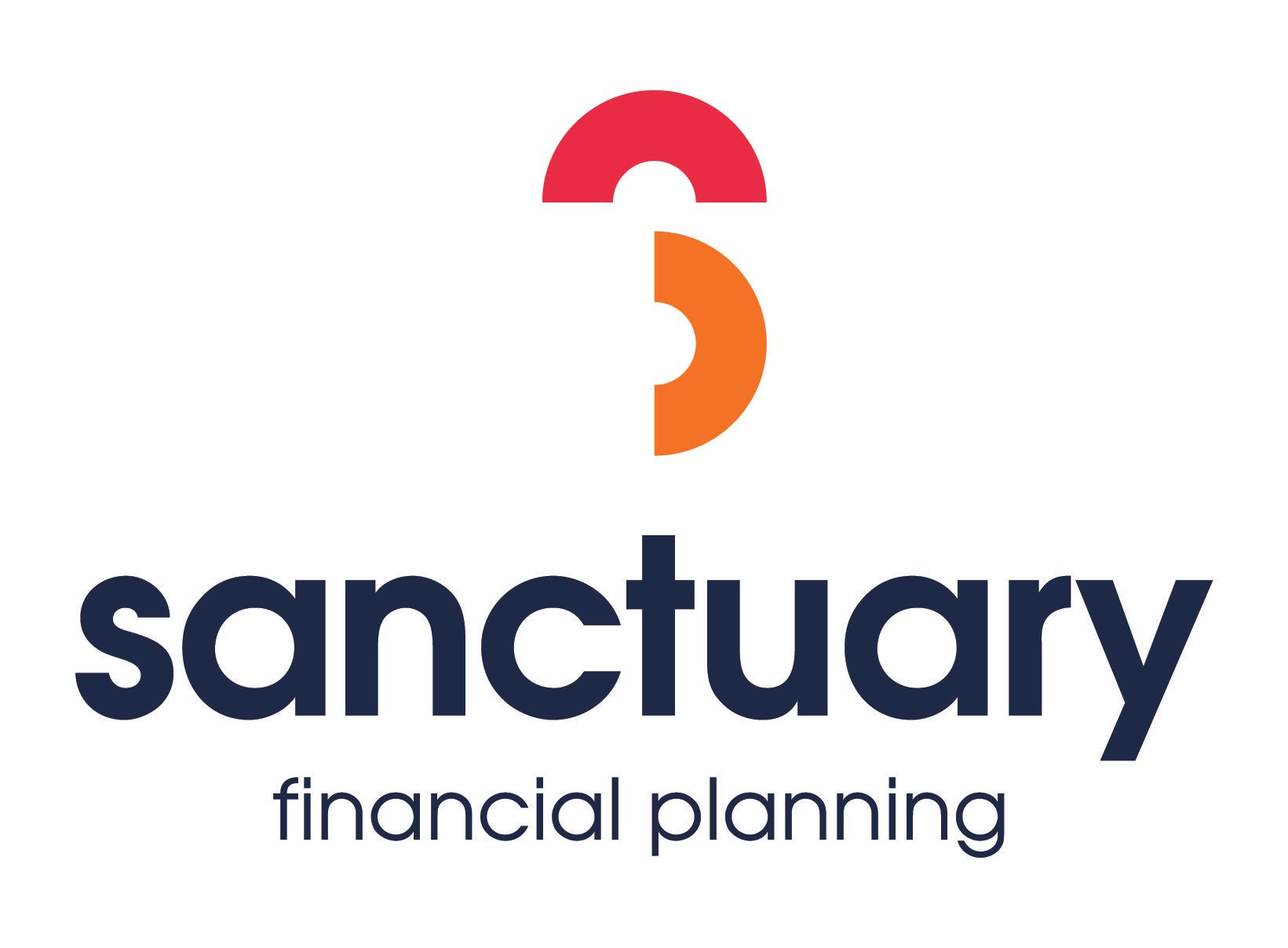Can I Change My Mortgage To Buy To Let?
Changing your mortgage from a residential one to a buy-to-let can be an attractive option for homeowners looking to invest in rental properties or transition into a new phase of their financial journey. However, this decision is not one to be taken lightly, as it involves various considerations, financial implications, and potential legal hurdles.
Understanding the basics
It's essential to grasp the fundamental concepts of a residential mortgage and a buy-to-let mortgage.
Residential Mortgage
- A residential mortgage is designed for individuals or families who intend to live in the property.
- The interest rates for residential mortgages are typically lower than those for buy-to-let mortgages.
- Repayments are based on the homeowner's income and affordability.
Buy-to-Let Mortgage
- A buy-to-let mortgage is intended for investors who want to purchase property for rental income.
- Interest rates for buy-to-let mortgages are often higher than those for residential mortgages.
- Lenders assess the property's rental potential and may require a larger deposit.
Can You Change Your Mortgage to Buy to Let?
Yes, it is possible to change your residential mortgage to a buy-to-let mortgage, but it's not a straightforward process. Here are the steps you need to take:
Check Your Current Mortgage Terms
Review your existing mortgage agreement to see if there are any clauses prohibiting you from renting out your property. Some residential mortgages have strict owner-occupancy clauses that may prevent you from switching to a buy-to-let arrangement without penalty.
Contact Your Lender
If your current mortgage terms allow for a change, reach out to your lender to discuss your intentions. They can provide guidance on the process and any associated fees.
Assess Your Property's Rental Potential
Lenders will want to evaluate your property's suitability as a rental. They may request a rental income projection, so it's essential to research the local rental market and determine the potential rental income.
Meet Lender Requirements
Buy-to-let mortgages often require a larger deposit (usually around 25% to 40% of the property's value) and may have stricter eligibility criteria. Ensure you meet these requirements.
Legal Considerations
Changing to a buy-to-let mortgage may have legal implications, such as notifying your local authority and changing your property's insurance to a landlord policy.
Benefits of Changing to a Buy-to-Let Mortgage
Now that you understand the process, let's explore the advantages of switching to a buy-to-let mortgage:
1. Rental Income:
The primary benefit is the potential for a steady rental income stream, which can help cover your mortgage payments and provide additional income.
2. Property Investment:
You can build a property portfolio and potentially benefit from property appreciation over time.
3. Tax Benefits:
In some cases, landlords can deduct mortgage interest, maintenance costs, and other expenses from their rental income, reducing their taxable income.
4. Diversification:
Investing in real estate diversifies your investment portfolio, potentially reducing risk compared to relying solely on stocks and bonds.
5. Future Flexibility:
Changing to a buy-to-let mortgage allows you to explore different financial opportunities and investments.
Challenges and Considerations
While there are clear benefits, it's essential to be aware of the challenges and considerations:
Higher Interest Rates: Buy-to-let mortgages typically come with higher interest rates and fees, reducing your overall profit margin.
Market Volatility:
The property market can be volatile, and property values may not always increase as expected.
Responsibilities as a Landlord:
Becoming a landlord involves various responsibilities, such as property maintenance, tenant management, and legal obligations.
Tax Changes:
Tax laws and regulations regarding buy-to-let properties can change, impacting your financial situation.
Market Research:
Thoroughly research the local rental market to ensure there is demand for rental properties in your area.
Exit Strategy: Consider your long-term goals and have an exit strategy in place if you decide to sell the property or change its use in the future.
Changing your mortgage from residential to buy to let can be a viable option for those looking to enter the property investment market or generate rental income from an existing property. However, it's crucial to thoroughly research and understand the process, benefits, and challenges involved. Consult with
financial advisors
and lenders to make an informed decision that aligns with your financial goals and circumstances. With careful planning and the right approach, transitioning to a buy-to-let mortgage can be a rewarding investment journey.
YOUR HOME MAY BE REPOSSESSED IF YOU DO NOT KEEP UP REPAYMENTS ON YOUR MORTGAGE
Cardiff Office
5 Neptune Court, Vanguard Way,
Cardiff CF24 5PJ
London Office
86-90 Paul Street,
London, EC2A 4NE
(+44) 02920 482 477
info@sanfp.co.uk

Sanctuary Chartered Financial Planners & Sanctuary Financial Planning are trading styles of Sanctuary Financial Limited that is Authorised and Regulated by the Financial Conduct Authority. FCA Register number 807536. Registered in England and Wales Reg. No 09509709. Please note that the value of investments may go down as well as up and investors may get back less than they invest. Where these pages refer to investment performance it should be remembered that past performance is not a reliable indicator of future performance. The Financial Ombudsman Service (FOS) is an agency for arbitrating on unresolved complaints between regulated firms and their clients. Full details can be found by clicking here. The guidance and/or advice contained in this website is subject to the UK regulatory regime and is therefore restricted to consumers based in the UK. The FCA does not regulate tax or estate planning.



